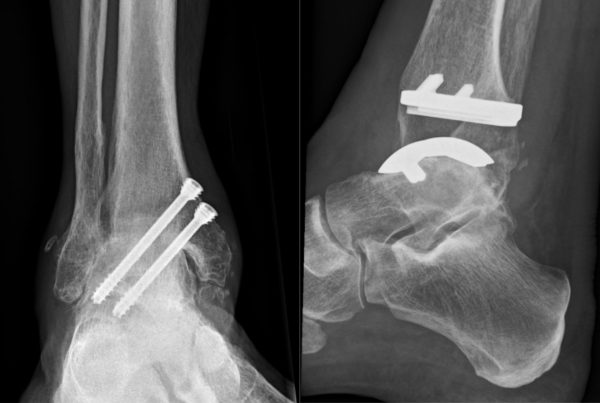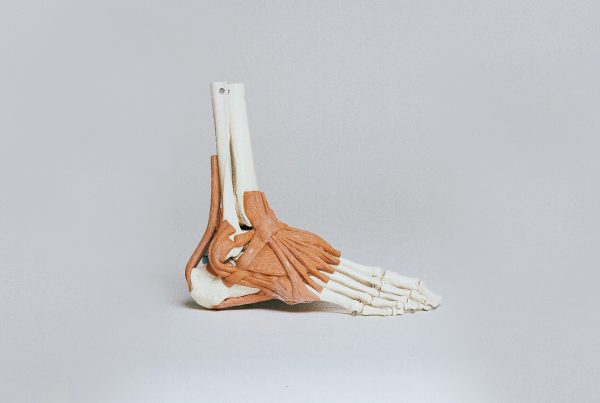A recent article in Medical Xpress has highlighted that the NHS needs to tighten up it’s consent process for surgical procedures.
The history of consent is fascinating. Post war, healthcare in the UK was patchy and expensive. In 1948 the NHS was established. It was a huge relief for the population of the UK: free to all; world beating quality; and doctor knew best. Consent for surgical procedures was a formality, with surgeons only really explaining complications that were very common.
Since then there has been a gradual evolution of surgery and patient expectation. We have moved from procedures that primarily saved life and limb, to procedures that improve quality and length of life. Understandably, with this evolution has come increased expectations from our patients.
A good example is the total hip replacement. John Charley is credited with making this procedure safe and effective, facilitated by the NHS. Prior to this, half hip replacements were the norm. They were very effective for broken hips in the elderly (and still are) but much less so for arthritis in younger fitter patients. Now approximately 80,000 total hip replacements are performed in the UK each year, in patients as young as 20. These types of elective procedures are now very common and improve quality of life enormously. Good examples in the foot are fusions for arthritis, osteotomies to correct bunions, and ankle replacements.
The increase in elective ‘lifestyle’ procedures has resulted in the balance shifting; our patients need to balance the risks against the benefits, to decide if surgery is worth the trouble. We have moved from doctor knows best, to shared decision making. However, the latter takes time and the NHS is only slowly catching up.
In 2008, the GMC published guidelines on consent which reflected this evolution. This has been updated very recently.
Those taking consent need to:
- give patients all the information they need to a make a decision that is right for them;
- consider the risk profile of the patient. Are they risk averse or happy to take risk?
- consider what complications might be important to them in particular;
- explain all complications however small;
- consider alternative media or strategies to help patients understand complex risks
I personally find it very difficult to explain the small but significant risk. Can you visualise the difference in risk of a complication between 1:1000 and 1:10,000? And of course the nature of the complication is important: a 1:10 risk of an unsightly wound is very different to a 1:10 risk of death.
As a patient there are several things you can do to help make the right decision for you. For example:
- Write down your symptoms and how bad they are.
- Consider how much of an impact they have on you life.
- Ask about how your condition might progress if left untreated.
- Don’t decide you want an operation until you have had a thorough discussion with the surgeon about the procedure, it’s recovery time, risks and benefits.
- Make a point of discussing all alternatives to surgery.
- Consider taking a friend or family member to a consultation. It is very difficult to remember all the detail.
- Take time to decide and ask for written material on the subject.
- Get a second opinion. These decisions are very important, and can change the whole direction of your life. Getting another opinion is a very sensible option on the road to making the right decision.
Shared decision making is the most appropriate route to a good choice for your problem. To make a decision you should try to understand your condition and the treatment options available for it. By taking this route, consent is no longer a signature on a dotted line but an integral part of the journey of being treated.




